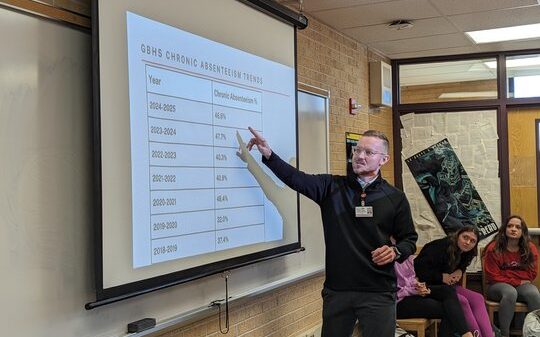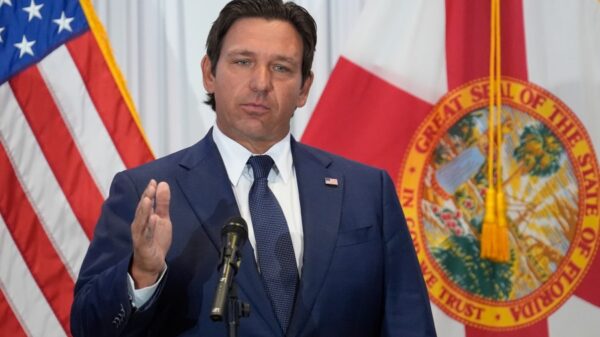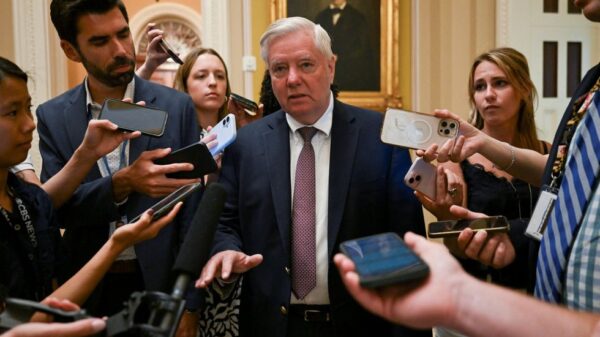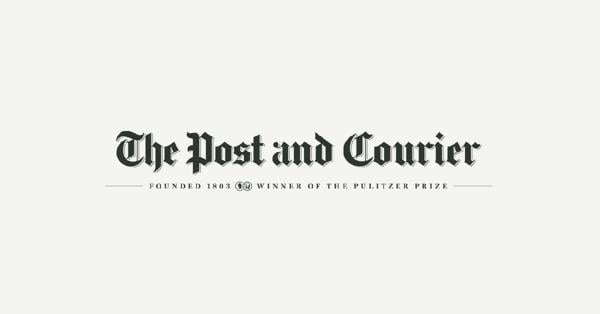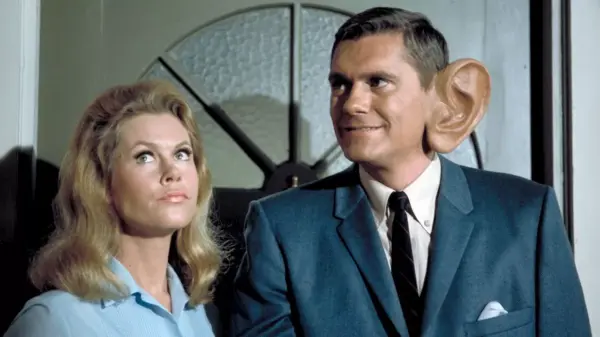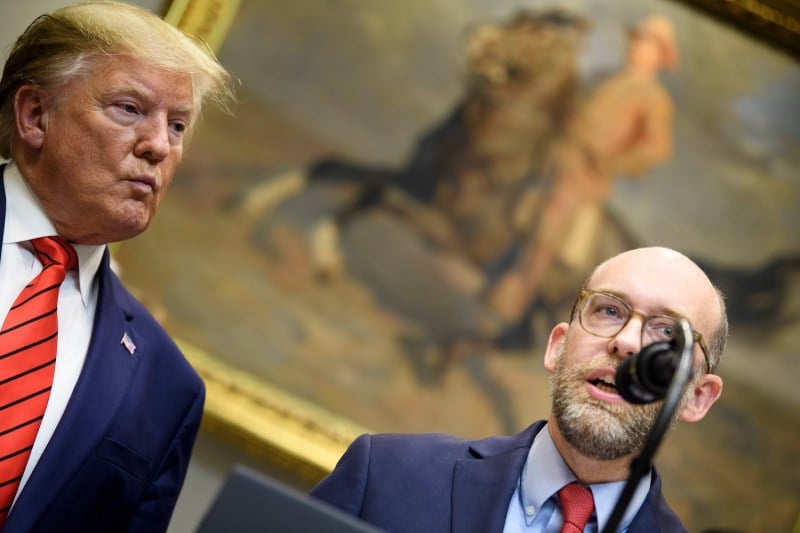Russell Vought stands out as a pivotal figure in Washington, D.C., currently serving as the director of the Office of Management and Budget (OMB) and leading the ambitious Project 2025. His strategic approach is reshaping federal operations, influencing spending and regulations with considerable authority. Vought’s methodology contrasts sharply with more flamboyant figures such as Elon Musk; instead of dramatic shifts, he employs a calculated exploitation of existing government structures to advance his agenda.
The OMB, an agency that many may overlook, has evolved into a central player in federal governance. As described in a profile by Andy Kroll for The New Yorker, Vought’s control over this agency translates into substantial influence across the government. The OMB has historically wielded significant power, a trend that can be traced back to its origins in the early 20th century and has intensified under various administrations.
The Evolution of the OMB’s Power
The foundation of modern presidential budgeting was laid with the Budget and Accounting Act of 1921, which established the Bureau of the Budget. This act aimed to enhance government efficiency and modernize operations. Over the decades, the agency’s role expanded, particularly during critical periods like the Great Depression and World War II. Under President Franklin D. Roosevelt, the Bureau transitioned into the Executive Office of the President, increasing its proximity to decision-makers.
As the federal government grew, so did the authority of the OMB. By the end of the 1930s, the bureau’s staff had surged from 40 to approximately 600. During World War II, the Bureau of the Budget played a vital role in wartime mobilization, with its director, Harold Smith, demanding that agencies coordinate with his office before reaching out to Congress. This set a precedent for the OMB’s future involvement in administrative decisions.
The agency’s influence saw a resurgence under President Ronald Reagan, who recognized the OMB as a critical tool to promote his conservative agenda. By appointing David Stockman as director, Reagan aimed to cut government spending and reshape the economic landscape. Stockman’s aggressive strategies, including the passage of the Economic Recovery Tax Act of 1981, positioned the OMB at the forefront of budgetary reform.
Vought’s Ambitions and the Future of Governance
Vought’s ascendancy within the OMB aligns with a broader trend of executive power expansion. During the Trump administration, he has sought to implement Project 2025, a comprehensive initiative aimed at fundamentally altering the structure of the federal government. This ambitious plan seeks to translate theoretical policies into actionable governance, positioning Vought as a formidable force in shaping federal policy.
As he navigates the complexities of government bureaucracy, Vought has been effective in leveraging ambiguities and loopholes within existing regulations. This approach allows him to push his agenda while adhering to established protocols, a tactic that echoes strategies employed by past administrations. Critics argue that this manipulation of executive authority could set concerning precedents, enabling future leaders to exploit similar tactics.
The OMB’s role has been further solidified through legislative changes, such as the Gramm-Rudman-Hollings Balanced Budget Act of 1985, which introduced automatic spending cuts. This act expanded the OMB’s power, allowing it to enforce budgetary discipline in ways that previous administrations had not envisioned.
As Vought continues to navigate his position, his influence over federal spending and regulations raises important questions about the balance of power within the executive branch. The ongoing developments signal a potential shift in governance that could have lasting implications beyond the Trump administration.
The trajectory of the OMB under Vought establishes him as one of the most pivotal budgetary directors since the agency’s inception in 1921. As the political landscape evolves, the need for structural reform in executive authority becomes increasingly apparent, highlighting the delicate balance between power and accountability in the U.S. government.





